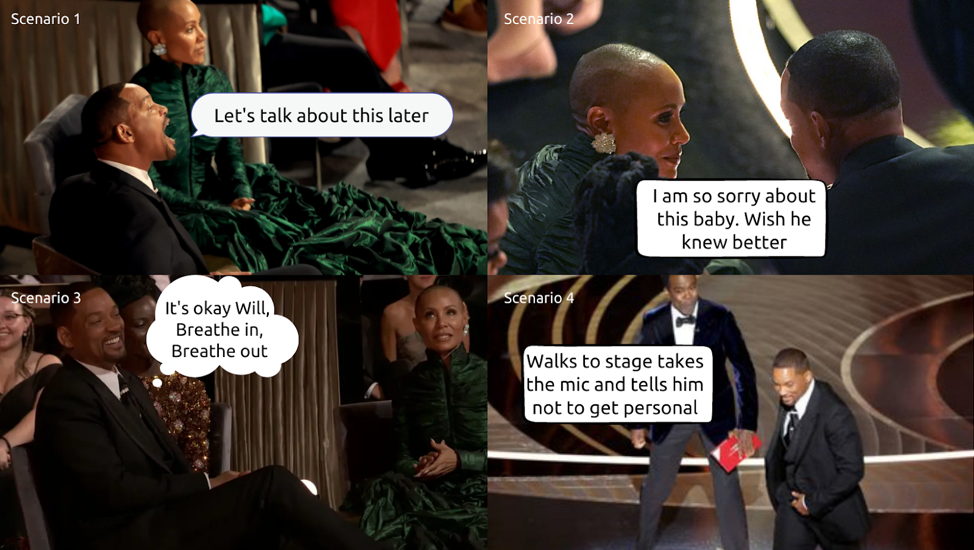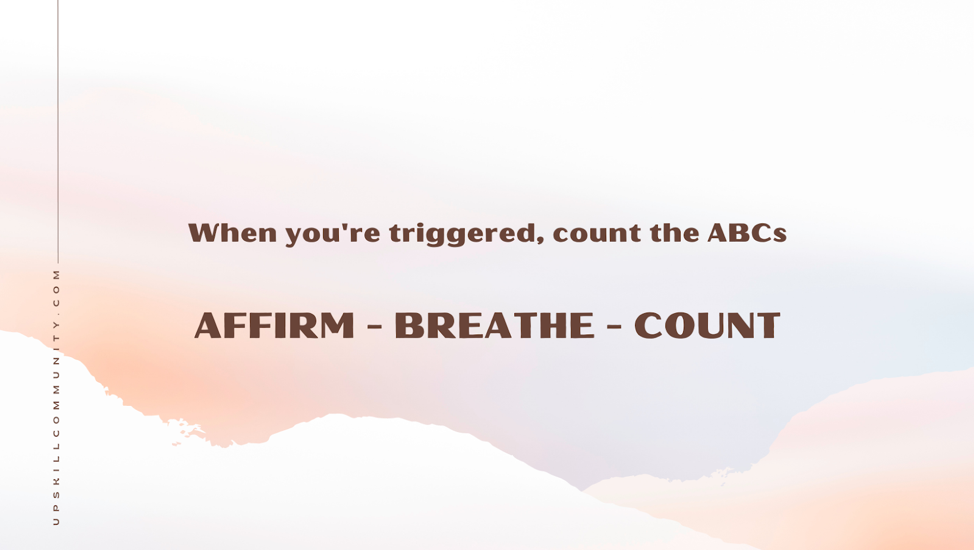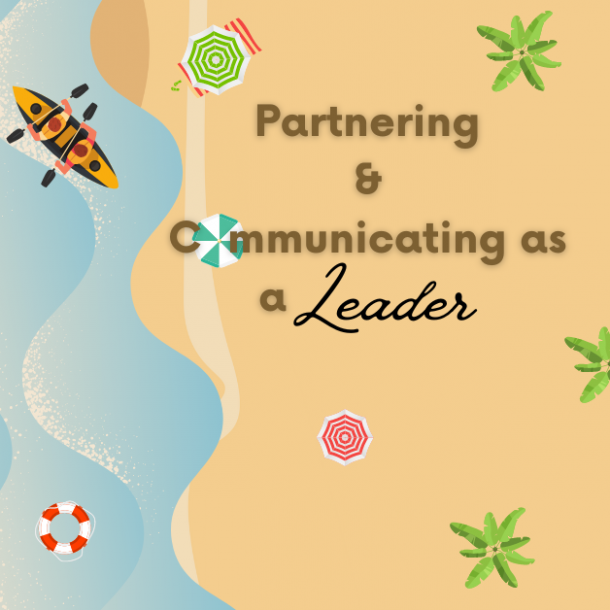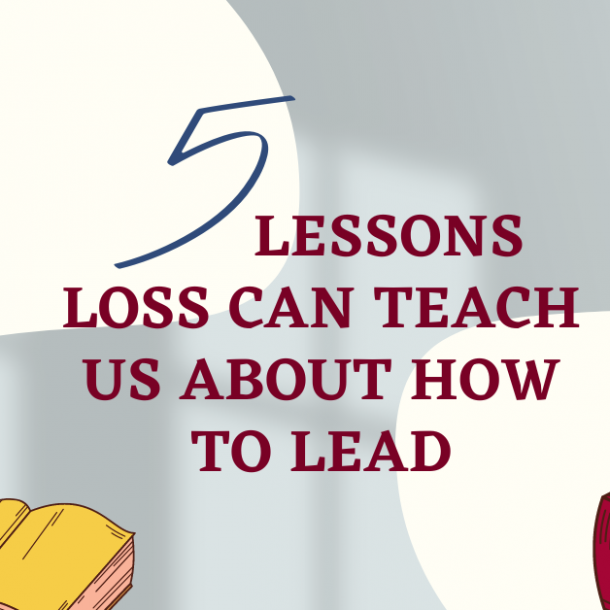
UpSkill: Managing Emotions
Anywhere human beings show up is a space filled with emotions.
This was obvious in the most talked about incident of the 2022 Academy Awards, where actor Will Smith walked on stage and slapped Chris Rock in response to a joke aimed at Jada Pinket Smith – Will Smith’s wife.
There are plenty of other outlets and figures who have addressed the incident itself:
Who was right?
Who was wrong?
Was it staged?

Instead, I want to use the incident as a case study for our discussion of emotions.
It’s easier to maintain emotional control under normal circumstances, in our day-to-day experiences when things are going as planned. Even then, some of us may struggle.
Being able to maintain emotional control in high stakes, stressful and emotionally-charged situations is an even greater test of our discipline and self-control.
Here are three lessons we learned from that incident:
You have the power to influence your emotions and the emotions of others.
Others can influence your emotions when you least expect it.
We affect our emotions and our emotions affect us.
What are emotions?
Emotions are simply a class of feelings that send us signals about what is happening around us.
Emotions signal when something is going right or wrong, or when you are threatened or safe. The sound of laughter signals someone is happy and likely not in danger. A scream or cry for help signals the opposite.
According to Joshua Freedman, emotions are physiological. When an emotion is triggered you cannot control it in the first six seconds; the first six seconds are involuntary. However, after six seconds you can regain control. You can decide whether to hold on to your emotion or let it go.
Physiologically, our emotions are created by chemicals called neurohormones. When we get signals from our environment, neurohormones are produced in our brain. We then feel emotions when neurohormones enter our bloodstream. Neurohormones are constantly flowing through our body, but a signal from them usually only lasts about six seconds. After that, you can intentionally “steer” your emotions.
That means, you need to devise strategies to deal with those critical six seconds when you have no control, and other strategies to intentionally “steer” your emotions after those six seconds.
So let’s think about how the awareness of these six seconds could have changed what happened at the Academy Awards.
What if Will Smith understood that if he just held on for those six seconds he would be able to regain control of his emotions?
He may have remembered why he was at the Academy Awards and paused long enough to think about whether or not he wanted his anger to overshadow his potential accomplishments.
What if instead of crossing the stage to slap Chris Rock, Will Smith had waited until he accepted his award and chastised Chris Rock for an inappropriate joke.
What if Will Smith had waited his turn to use his words?

In 1943 Abraham Maslow developed Maslow’s Hierarchy of Needs.
The theory describes the most basic human emotional needs and remains a popular model of our emotional needs today.
It covers basic needs like safety and food. It also covers needs like intimacy, privacy and community connection.
We also have our own unique emotional needs defined by our experiences, background, values etc.
For example some people have an emotional need to be respected. Disrespect will likely be a trigger.
Do you know what your triggers are?
What do you think was the underlying emotional need that triggered Will Smith’s emotional outburst?
It’s important to know what your emotional needs are. This will give you clues to your triggers and you can then devise strategies to effectively manage them.
Hindsight is 20/20 – but we can use this lesson to think forward.
Here are 3 Strategies to take 6!

Get through the first six seconds. It is essential for you to be conscious that an emotion has been triggered. Once you recognize that an emotion is triggered the key is to take some time to let the involuntary emotional response run its course. Do not react during this timeline. Instead do your ABC: Affirm, Breathe, Count.
Here is how:
Affirm to yourself that you are in control while you wait to take control. Repeat an affirmation such as “I steer myself.” “I’m in control.” “I’ve got this.”
Breathe. Take a deep breath, and another and another until that intense emotion rushes by. Focus on your breathing – do the 4-7-8 (4 in throw your nose- hold for 7- slowly release through your mouth for 8)
Count to 6, 12 or 24. Count forwards then backwards.
You can breathe, count and affirm anywhere. Practice to identify when your emotion is triggered. Practice being conscious of when you feel emotions building: don’t wait until you hit the fence and blow!
Use your ABC strategy to take control.





